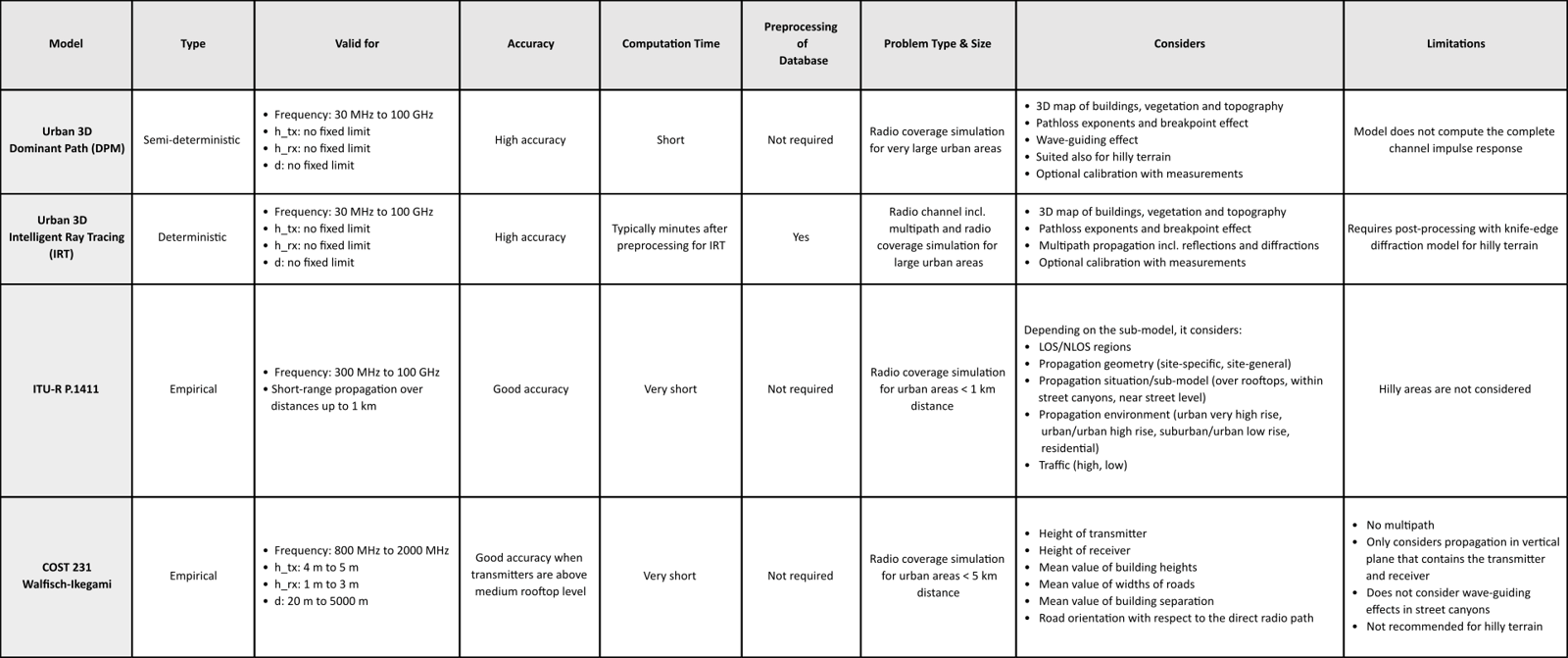Best Of
CAD to Simulation
Overview
Part Browser - BatchMeshing Sheet Metal Parts
- Use of Part Browser to create part set
- Save CAD representation
- Create user representation with required PARAM / CRITERIA files
- Create representation send to Batch Mesher for meshing the sheet metal parts
Mid Mesh workflow for cast / plastic components
Connectors Creation - Welds and Bolts
- Using the Control Manager- Define controls to create the required type of connections.
- Use the create Tool to create – point/line/fastener/area connectors.
- Connector browser all features available within the browser.
- Load collectors for SPC’s are created
- Load steps inputs – for Modal analysis – EIGRL card created
- Load Step creation – Normal modes
- Export the deck which has the subsystems and the connection subsystem and submit the file for analysis
- Load result *.h3d file in HyperView for result visualization – Modal frequency and mode shapes
Pre-Requisite
Should have the latest version of HyperWorks HW2022.2
Usage/Installation Instructions
Unzip the attached files to use for exercise as described in the videos on the Altair How to Channel - https://www.youtube.com/watch?v=IAlbncJYheA&list=PLGNemB0NFb0DYHM6UytxyTnLFdR_tNbZG&pp=iAQB
Create a Component (and Property) for each surface in your model
Overview
This script will allow you to select surfaces, and each surface will be placed into a newly created component. Assuming this is a midsurfaced model, a blank PSHELL property will also be created and assigned to the component, allowing for easy Gauge optimization setup.
Usage/Installation Instructions
Load Script
Select Surfaces
Give it a few seconds (Its not the fastest, but I'm not a professional coder ![]() )
)
Re: How can I retain my Assemblies from HyperMesh to HyperView?
Thanks Adriano,
When I do that I see Materials and Properties come in, but still no Assemblies.
I should also add- when I open the results file in either the Advanced or Standard Math Template the Parts Entity includes some of the Part Assemblies, but not all, and they are not structured correctly.
It should be available in the Parts Browser (Double click on Parts from home browser)

Re: How can I combine results from several different load steps into one contour plot?
hi,
you can create a derived loadstep of type 'linear superposition' if you want to add them together.
If you're trying only to find the worst case, then the type would be 'envelope'.
A few tutorials found in the documentation:
Re: EDEM Particle Size Distribution
I have created 30 different particles shapes under one bulk material as shown. I would like to generate 20,000 particles and have each particle shape be randomly distributed among the 20,000 particles. Just like a hand full of sand. Do I just simply select random for each particle as shown below? Also, what is the recommendation for the min and max? I just want to double check my selections before running simulations because they take a long time.
Thank you for your time and consideration
Hi Ibrahim,
With regard to size and run time if you scale by 'radius' the time-step has a linear scale with this. So scale by 0.5 means simulation time-step with be reduced by 0.5 and simulations will take 2x longer, if you had the same number of particles.
However reducing size also typically increases the number of particles if you simulate the same volume, so you need to consider the total number of particles also. We have a guide on estimating run time here - https://community.altair.com/community/en/estimating-edem-simulation-run-time?id=kb_article_view&sysparm_article=KB0116101
This distribution you show gives you a random distribution of sizes for that specific shape, there isn't a way in EDEM currently to automatically vary the shape, you have to specify the shapes required manually (as you seem to have 10 shapes shown in the screenshot) then vary the sizes of each specific shape.
Regards
Stephen
[HyperMesh 2023] Analysis Setup : Field
HyperMesh Field 기능을 통해 빠르게 Load를 재매핑할 수 있습니다.
기존 element를 remesh 후, Load를 따로 재생성할 필요없이 Field기능을 활용하여 손쉽게 재매핑이 가능합니다.
Model Browser 내에서 마우스 우클릭으로 Field를 생성하고 entity editor창을 통해 속성 정의하실 수 있습니다.
FAQ
Q. Field기능은 언제 활용이 가능하나요?
A. 1) 기존 Mesh를 수정 후에 기존에 생성되었던 Load 항목을 재매핑하여 적용할 수 있습니다.
2) .csv 파일(x,y,z, 온도) 의 온도 또는 압력 값을 온도 하중 또는 압력 하중으로 구조 모델에 적용시킬 수 있습니다.
등등 이 외에도 다양한 작업에 Field 기능을 활용할 수 있습니다.
사용 방법
[1. Model Browser 내에서 마우스 우클릭 > Create > Field]

[2. Entity Editor 창에서 Field 속성 적용]

[3. (Continuous, Current model 옵션 선택 시) 재매핑할 element 또는 node를 선택하여 Realize 진행]

- Field 생성을 위한 Source:
- Results: 기존 가지고 있는 result 파일
- Current Model: analysis data file (.bdf, .fem, .inp, 등등). Current Model 선택 시 아래 항목 표시
- Data Source Type
- Source Entity List
- CSV file: x,y,z, value1, value2 discrete data가 포함되어 있는 .csv 파일
- Matrix: matrix query 기능을 이용하여 생성된 load의 matrix file
- HV Current Contour

*Discrete Field는 x,y,z 위치(real) 또는 u,v 위치(parametric)에 대한 data를 활용합니다.
따라서 data point의 적합성에 따라 가장 가까운 point approach 또는 inverse distance linear interpolation(선형 보간) 방법을 사용하여 매핑됩니다.
자세한 사용 방법은 아래 동영상을 참고바랍니다.
User defined Output request causing error in "Static Ride Analysis event"
Hi
I am simulating a custom made double wishbone model with static ride analysis event, and trying to extract ride steer, caster and camber using following function:
`USER({MODEL.sys_misc.ds_report_ms.scale_index.value}, 180, 1, {sa_testing_parameter_array.id, %d}, 0, {sa_vehicle_parameter_array.id, %d})`
The simulation works perfectly if that output request is deactivated, when it is activated the log files shows solver failed and Error written as,
INFO: ALL: 10705150 11102020 20705150 21102020 30903100 3094100
ERROR: Marker [id=11101] not found in SYSFNC!
ERRMWS: USER [11101]
sdf_wcdata: Error calling sysfnc for left constraint force.
** EXECUTION STOPS DUE TO ENDFLG IN USER SUB **
Abnormal return from processing model!
ERROR: Simulation failed due to error encountered in analysis!
Marker with id 11101 are following markers which all are located & oriented correctly as per my template reference model
1.WC marker at ground, 2.Jack CP marker, 3.Upper steer axis, 4.Ground Patch Marker
And Left Verical Actuator force is also verified from reference model.
Any help would be greatly appreciated
Best regards
Sudip Chavan
Altair WinProp: What are the wave propagation models supported for urban scenarios?
This article provides a summary of the wave propagation models supported in WinProp for urban scenarios.
An urban scenario is typically a built-up area, which could be a whole city, but also a suburban or residential part, a campus, factory, or similar environments. Each building or vegetation object is described by a polygonal ground plane and an individual height above street level using polygonal cylinders. If the urban area is not flat, the topography can be included.
An example of an urban database showing the received power.
Typical applications include (but not limited to) the evaluation of wireless connectivity along a road near an LTE base station or the analysis of a radio network.
The following wave propagation models are supported for urban scenarios:
- Urban Dominant Path Model (DPM)
- Urban 3D Intelligent Ray Tracing (IRT) model
- ITU-R P.1411
- COST 231 Walfisch-Ikegami
Table: Summary of urban wave propagation models in WinProp.
Click to enlarge table.
Related content
Re: VGD in hypermesh
Hello,
The VGD tool is not directly in Hypermesh. It is an additional tool that requires the feature in your license file.
You can refer here for more information
https://altairone.com/Marketplace?queryText=vgd&tab=Download&app=Virtual+Gauge+Director

https://altair.com/resource/altair-virtual-gauge-director-datasheet
Thanks
/FAIL/BIQUAD : Excel to visualize the failure limit
When it comes to metal or plastic damage, /FAIL/BIQUAD is a widely used, efficient and userfriendly failure model. This failure model uses a simplified stress triaxiality & plastic strain-based, failure criteria with linear damage accumulation. Since version 2024, the damage accumulation can be coupled with stress computation to create a stress-softening effect. The failure plastic strain is described by two parabolic functions calculated using curve fitting from up to 5 user-defined failure strains.
The aim of this knowledge base article is to share an excel sheet that will allow users to visualize the failure limits according to their setup. The parameter default values and the stress softening parameters are in compliance with the 2024 version of Radioss. Each parameter is explained with comments in the Excel sheet.

This Excel sheet was built by Valentin Davaze & Mathis Loverini.
 https://www.youtube.com/watch?v=IAlbncJYheA
https://www.youtube.com/watch?v=IAlbncJYheA



